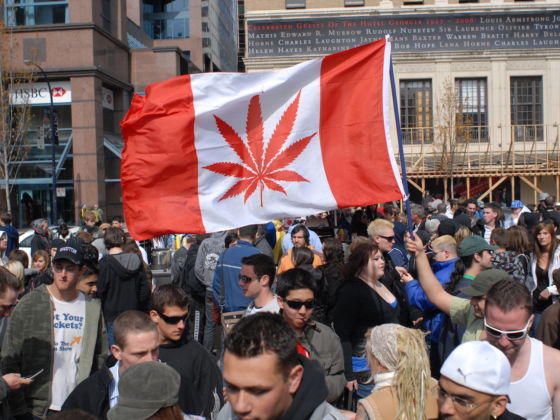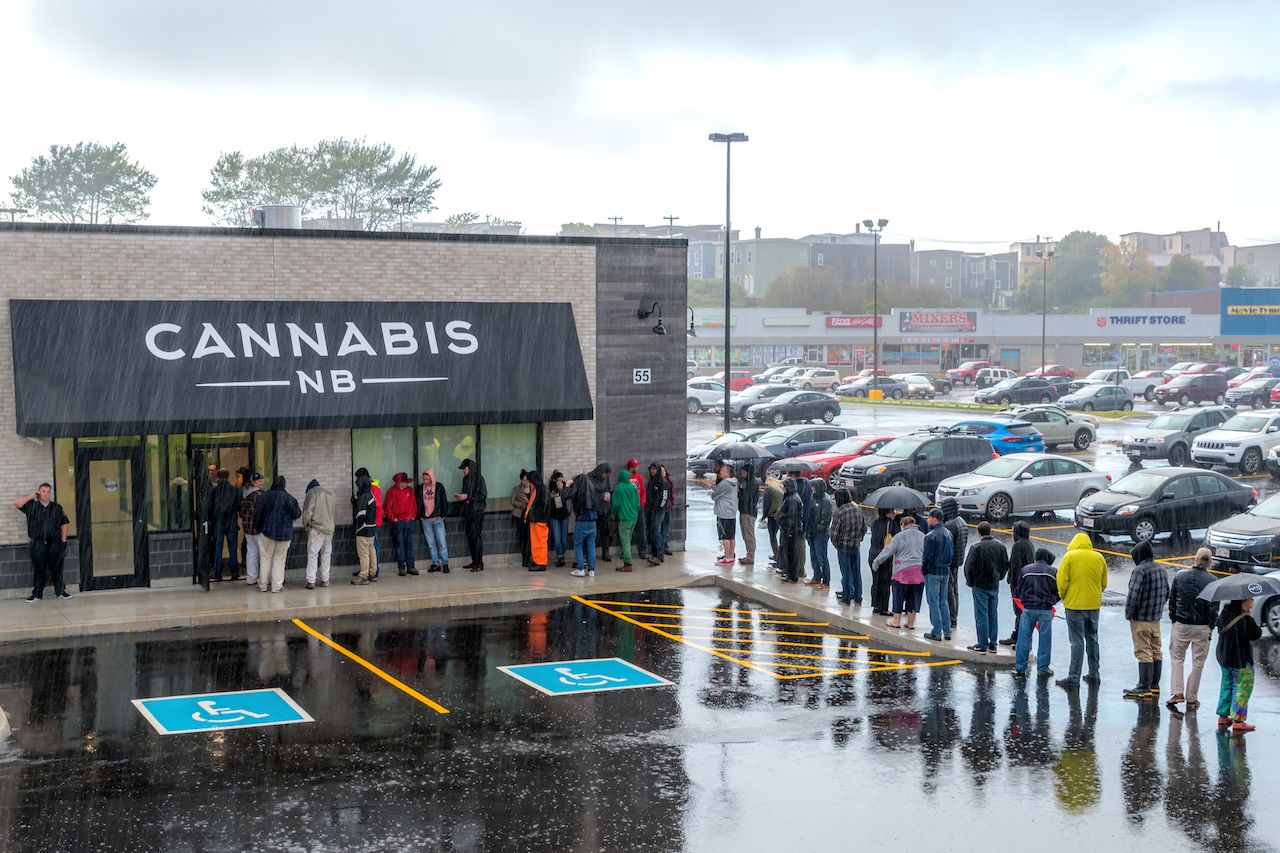In June of 2018, Canada’s government voted to become the largest country to legalize recreational marijuana, and the first cannabis sales officially started on October 17th. According to some bank estimates, legal weed will add as much as $8 billion to Canada’s economy from locals and tourists curious in partaking in an activity that’s illegal in most of the world (and is still illegal for some foreign nationals in Canada).
With all the hype around Canadian cannabis, you might think it’s prime time to start planning a visit. But there are some things to consider before you buy a plane ticket. To get a handle on the advantages and challenges of legal recreational weed in Canada, Matador Network caught up with two leaders in the cannabis space: Smoke Wallin, the president of the multi-state US cannabis company Vertical, and Jon Brandon, the co-CEO of Foria Wellness, a cannabis company that sells products around the world.
Here’s what you need to know before traveling to Canada for legal weed, and why it may not be the free-for-all you imagine.

